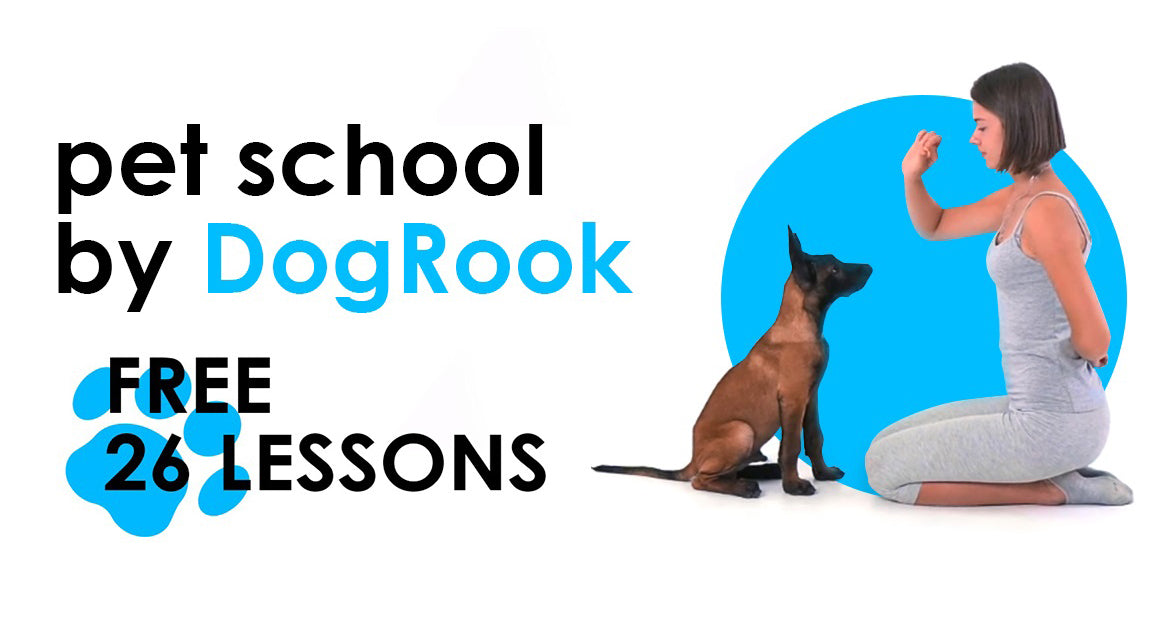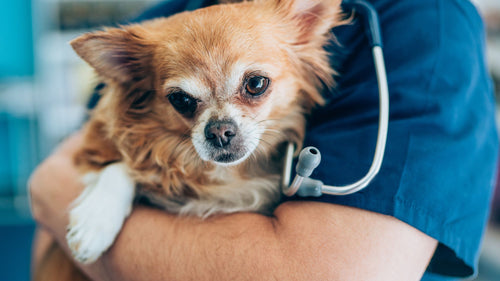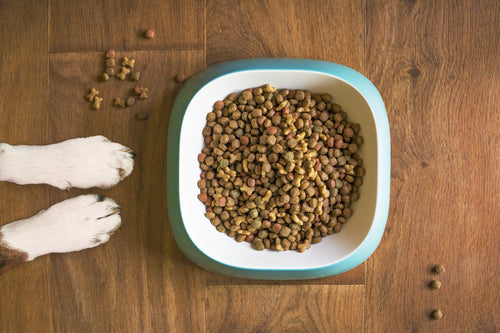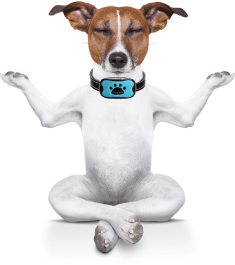Edible Toys for Dogs
Both the tiny Chihuahua and the huge Caucasian Shepherd Dog are predators. Of course, the domestic dog does not need to hunt in order to get food for itself: the owner will take care of its food. The dog is full, happy, cheerful - and wants to play with the prey. Especially the puppy. This is where the end of shoes that are not put in the closet in time, a tie thrown on a chair, or soft toys in the dog's access zone comes to an end.
Moreover, not only the owner's good can suffer, but also the unreasonable dog himself. Swallowed inedible objects, as a rule, are already removed by the surgeon in the operating room, chips from gnawed furniture injure the mouth, pharynx, esophagus and subsequent internal organs, the eaten filling of soft toys leads to intestinal obstruction, and an indoor flower leads to poisoning.
Special edible toys will save you from such troubles. Their assortment is quite large: there are legs with hooves, ears, a variety of sticks, sticks, curls. Even - about the black humor of producers! - products in the form of slippers and boots.
But the most popular are traditional, in the form of seeds of different sizes. Usually they include the skin of various animals, veins, bone meal and other animal products.
Having given such a bone to their pet, the owners solve several problems at once.
First, irrepressible puppy energy is neutralized. A tasty smelling object will keep the dog occupied for a long time, and then it will return to it again and again.
Secondly, attention, previously directed to the owner's shoes and other items tempting for the puppy, is distracted.
Thirdly, it is easier to change milk teeth to permanent ones, a correct bite is formed.
For a matured dog, edible toys are just as useful. They can be given out as a reward in educational processes or used as a prop during team training sessions. They can brighten up the loneliness of your pet when you are at work. "Long-playing bone" will entertain your animal during the period of "arrest" in the bedroom during gatherings with guests.
Regular consumption of these treats prevents the formation of tartar.

How Do I Find Edible Toys?
The only time you need veterinarian advice is if you own an allergic dog. You will be helped to choose the right quality toys, and then you will have to carefully study the composition of the ingredients indicated on the label.
In all other cases, you can experimentally find those that will please your pet. It is only important to take into account the size of the dog - the dog should linger on the toy long enough. Otherwise, you simply arrange additional feeding for him.
What Should You Look for When Choosing Edible Toys?
For the expiration date. It would seem that what can go bad in the bone from the veins? There really is nothing to spoil, but the bone can dry out and become fragile. Sharp fragments are very dangerous.

Are Artificial Bones Good for Dogs?
Important Activity
The domestic dog traces its ancestry to the wolf, and for tens of thousands of years next to humans, it has not lost the characteristic features of a predator, in particular, powerful jaws and 42 teeth, which are designed to gnaw and tear food, and not to chew it.
As we indicated above, our pets have long ago got rid of the need to hunt in order to get food, and switched to industrial feed. However, they continue to feel the urge to use their teeth for their intended purpose. And if an animal gets at its disposal something that can be gnawed, it cannot hide its pleasure.
Therefore, the pet owner should make sure that the dog has access to suitable items for this.
No Harm to Health
The dog should not gnaw anything. If she spoils the owner's slippers or a stool, that's half the trouble. It is much worse when the animal has a stick or a bone at its disposal, no matter which one - chicken, beef or pork.
Neither sticks nor bones are strongly recommended to give to a pet. They can cause digestive problems, traumatize the dog's gums, or harm the dog's intestines with sharp edges.
Thus, the only correct choice for an animal's play is special treats in the form of artificial bones. Their use eliminates the likelihood of injury to the dog, and the composition is completely safe.
Typically, artificial dog bone is made from pressed veins, leather and other similar ingredients. These treats allow the dog to satisfy the urge to chew on something, without posing any harm to its health. Therefore, the answer to the question "Do dogs need artificial bones?" will be positive.
More Benefit
But that's not all. Some artificial dog bones not only have a playful, entertaining function, but also have a positive effect on the health of the pet.
It's about X-shaped bones for oral care). Their specific shape helps the dog to brush his teeth at the same time during the chewing process, removing plaque from them even where a toothbrush may not reach. Another advantage of such delicacies is that they contain special components that prevent the formation of tartar.
The takeaway from all this is that artificial bones are the best and safest way to satisfy your dog's cravings for gnawing. However, some of them are able to perform hygiene procedures, which only increases the value and benefits of such products.

How to Give Treats and Artificial Bones Correctly?
Most dogs are not as picky about the taste of food as people, but they will never refuse a treat offered by the owner. The choice of delicacies should be approached responsibly: sausages and other food from the owner's table cannot serve them - it does not meet the needs of the animal. But industrial delicacies fully meet them.
Diversity
As we have already said, dog treats are presented in specialty stores in a variety of forms. There are biscuits, cookies, sausages, braids, bones, sticks, and so on.
In addition to their rewarding role, some treats also have functional implications. Due to their composition and structure, the treats benefit the animal's health.
Important Rules
Treats should be given to your dog by following a few simple tips:
- Do not exceed the recommended amount of calories that your pet consumes per day. Treats should account for no more than 10% of the daily requirement.
- Do not overuse delicacies. They are just a supplement to the food the dog consumes and cannot be a complete substitute.
- Pay attention to the manufacturer's recommendations. Specialty treats - for example, for strengthening bones, joints, and for overweight animals - require a special approach to feeding.
- Sometimes you can offer your dog an alternative. It is useful to periodically replace the treat for playing with your pet.
What Should any Responsible Owner Do?
The dog should only receive a treat as a reward for good behavior or as a reward in training. You should not apologize to the animal with the help of a treat, for example, for not taking a walk. Treats help strengthen the bond between humans and dogs. But it is important that at the same time they do not have a negative effect on the health of the pet.









